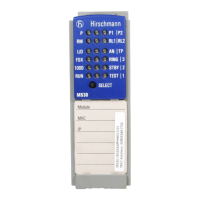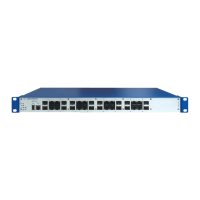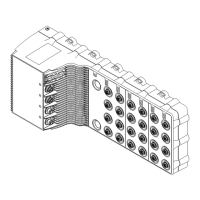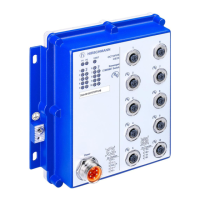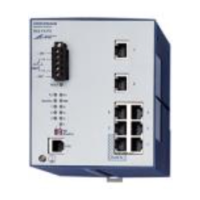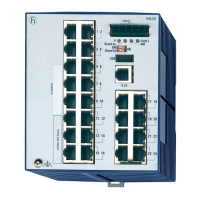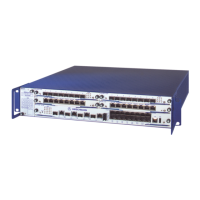Traffic control
124
8.1
Directed frame forwarding
Basic - L3P
Release
3.1
06/07
8.1.4 Entering static address entries
One of the most important functions of a Switch is the filter function. It selects
data packets according to certain defined patterns called filters. These
patterns are associated with switching rules. This means that a data packet
received at the port of a Switch is compared to the patterns. If there is a
pattern which matches the data packet, the Switch will either transmit or re
-
ject the packet according to the switching rules for the affected ports.
The following are valid filter criteria:
D Destination address,
D Broadcast address,
D Multicast address,
D VLAN membership.
The individual filters are stored in the filter table (Forwarding Database,
FDB). The table has three parts, a static part and two dynamic parts.
D The management administrator describes the static part of the filter table
(dot1qStaticTable).
D During operation, the Switch is capable of learning which ports will receive
data packets from which source addresses (see
“Multi-address capability”
on page 122). This information is stored in the dynamic part of the table
(dot1qTpFdbTable).
D Addresses learned from the neighbouring agent and those learned by
GMRP are written to another dynamic part.
Addresses already located in the static filter table, are automatically
transferred by a Switch into the dynamic part.
An address entered statically cannot be overwritten through learning.
Note: If the redundancy manager is active, it is not possible to make perma-
nent unicast entries.
Note: In the filtering database you can create up to 100 filter for multicast
addresses.

